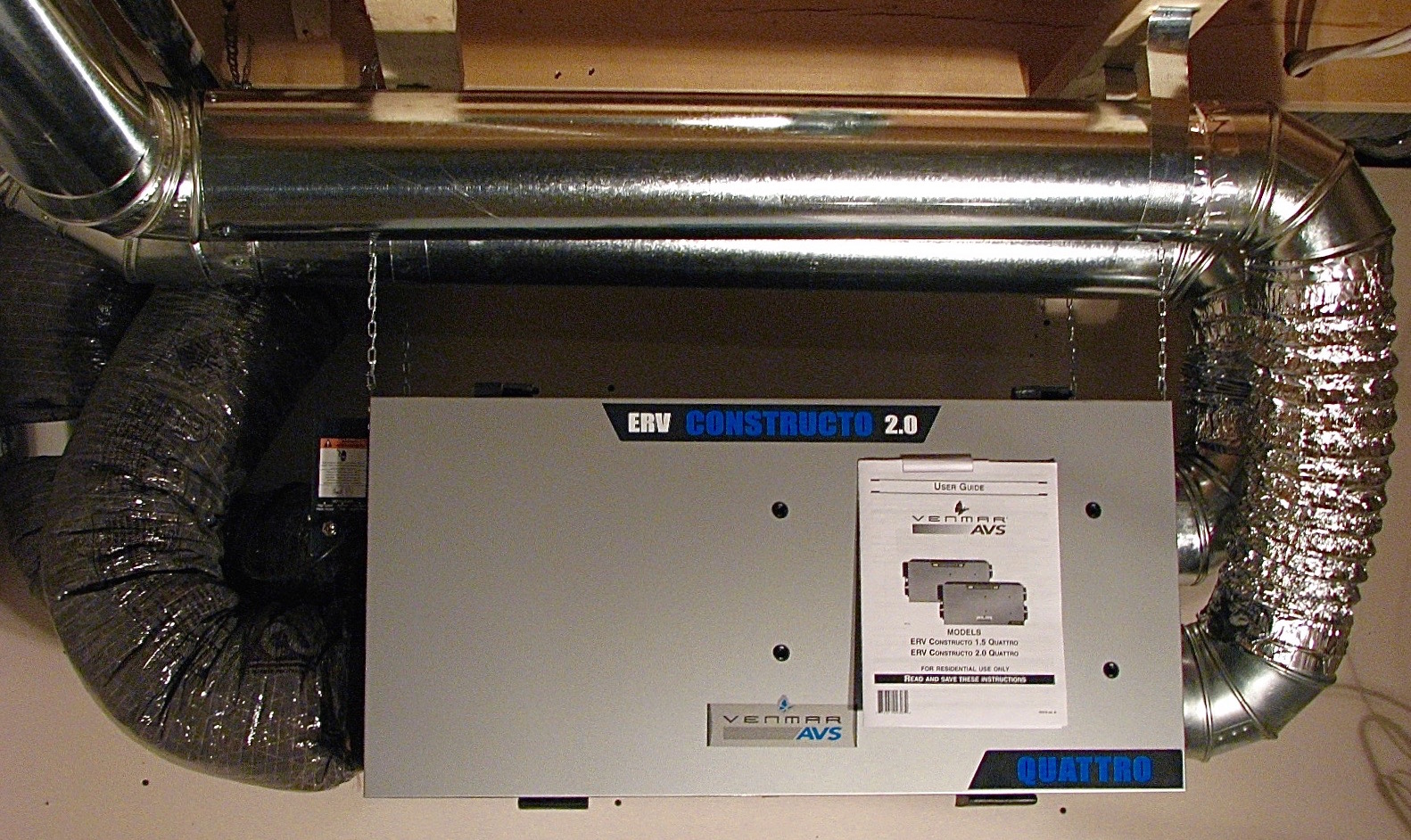Exactly How Heat Recovery Ventilation Boosts Indoor Air Quality and Reduces Energy Prices
Heat Recovery Ventilation (HRV) systems play a crucial duty in enhancing indoor air high quality while concurrently reducing power expenses. By successfully trading stale indoor air with fresh outdoor air, HRVs assist keep excellent moisture and minimize pollutants. Furthermore, their ability to recuperate heat from outbound air lessens the pressure on heating and cooling down systems. As power expenses remain to climb, understanding the full possibility of HRV systems becomes progressively important for homeowners and services alike.
Recognizing Heat Recovery Ventilation Systems

Heat recovery ventilation (HRV) systems play a necessary role in improving interior air top quality, particularly in contemporary, energy-efficient structures. These systems are made to transfer heat from the outbound stagnant air to the inbound fresh air, thereby minimizing energy loss while preserving excellent temperature levels indoors. HRVs consist of a warm exchanger, followers, and ductwork, facilitating the constant flow of air. By eliminating indoor pollutants and presenting fresh air, HRVs help to balance humidity levels, avoid mold development, and minimize irritants. The performance of HRV systems depends on their ability to recover up to 80% of the heat from the exhausted air, promoting energy preservation while ensuring a healthy and balanced indoor environment. Their assimilation is vital in attaining lasting living methods.
The Relevance of Indoor Air Top Quality
Indoor air quality (IAQ) is a critical factor affecting the health and wellness and wellness of passengers in any type of environment. Poor IAQ can lead to numerous health and wellness problems, including respiratory system problems, allergies, and exhaustion. Furthermore, it can intensify existing problems such as asthma. Elements adding to low IAQ include toxins from interior sources like cleansing representatives, mold and mildew, and inadequate ventilation. Consequently, keeping great IAQ is important for advertising a risk-free and comfy living or functioning space. Efficient strategies to enhance IAQ involve routine monitoring of air top quality, proper air flow systems, and reducing using hazardous materials indoors. By focusing on IAQ, people can ensure a healthier setting that cultivates efficiency and overall quality of life.
Energy Performance Conveniences of HRV Systems
Many home owners and building supervisors are significantly acknowledging the energy efficiency advantages of warmth recuperation ventilation (HRV) systems. By moving warmth from tired interior air to inbound fresh air, HRV systems noticeably lower the power needed for cooling and heating. This process minimizes reliance on conventional a/c systems, bring about reduced power costs. Additionally, HRVs assist maintain a balanced indoor environment, preventing see this site too much home heating or cooling down needs. The ability to recover approximately 90% of the warmth from outgoing air additionally sustains sustainability initiatives by minimizing general energy consumption. Subsequently, HRV systems contribute not just to set you back financial savings but additionally to a reduced carbon footprint, lining up with the growing focus on energy-efficient structure techniques.
Installment and Upkeep Considerations
The effective implementation of warmth healing ventilation (HRV) systems calls for careful consideration of installment and upkeep aspects to ensure peak efficiency. Appropriate positioning of the HRV unit is crucial, as it must be installed in a place that makes best use of air flow while decreasing noise disturbance. Furthermore, ductwork must be properly sized and insulated to stop energy loss. Routine upkeep, consisting of filter substitute and system cleaning, is critical to protect optimum functionality and interior air quality. Owners need to establish a routine upkeep schedule to determine and resolve prospective concerns prior to they rise. Collaboration with knowledgeable specialists throughout both installation and maintenance stages can boost the longevity and effectiveness of HRV systems, eventually bring about better indoor atmospheres and lowered energy costs.
Real-World Applications and Success Stories
Checking out real-world applications of warmth recuperation air flow (HRV) systems reveals their considerable effect on interior air top quality and power performance across various settings. In residential buildings, property from this source owners have actually reported enhanced air top quality, causing less allergic reactions and respiratory system concerns. Schools implementing HRV systems have kept in mind boosted pupil focus and lowered absence as a result of much better air flow. Commercial structures, such as workplaces and retail spaces, have experienced reduced power costs and boosted staff member productivity. As an example, a corporate office in a pleasant environment attained a 30% reduction in energy bills after installing an HRV system. These success tales show that HRV innovation not only adds to much healthier atmospheres but also gives substantial monetary benefits, making it a beneficial financial investment for various sectors.
Regularly Asked Questions
Can HRV Equipments Reduce Allergens in Indoor Air?
The effectiveness of HRV systems in minimizing indoor irritants mainly depends upon their capability to filter and exchange air. HRV Heat Recovery Ventilation. By continuously replacing stagnant air, these systems can substantially lower irritant degrees throughout indoor atmospheres

How Does Moisture Affect HRV System Performance?
Moisture significantly affects HRV system efficiency; high levels can result in condensation, decreasing performance, while low moisture might boost air exchange. Balancing humidity is essential for excellent procedure and maintaining interior air high quality.
Are HRV Systems Noisy Throughout Operation?
HRV systems can produce differing noise degrees during operation, relying on their design and installment. Some units run quietly, while others might produce visible audio, particularly at greater air flow setups or when badly kept.
What Is the Typical Life-span of an HRV System?

Can HRV Equipments Be Made Use Of in All Climates?
HRV systems can be utilized in various environments, but their performance may differ - HRV Heat Recovery Ventilation. In extreme temperature levels, adjustments or supplementary systems may be essential to ensure ideal efficiency and convenience while preserving interior air quality